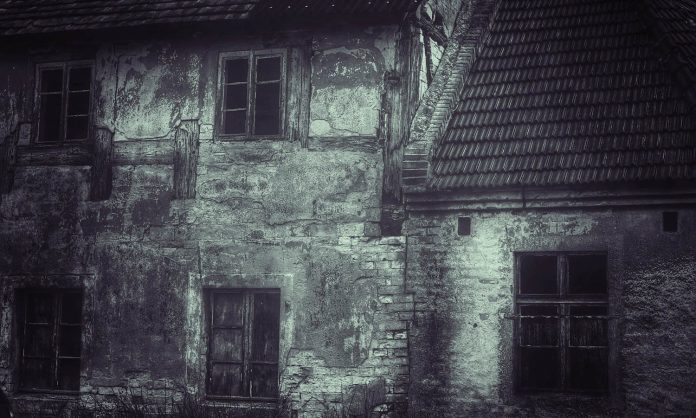
In a new blog post, Janice Hardy says that setting can help you raise the tension in your novel. “The smallest clue can alert readers that things aren’t okay, tweaking the subconscious and making them as uneasy as your characters,” she says. “Details that seem innocuous can set a foreboding tone and hint that something bad is coming, just like creepy music that plucks at the nerves during a scary movie.”
Elements of your setting affect how your character feels in that setting. Contrast how you feel walking through an empty parking lot in the middle of the day to how you might feel at night. “We don’t notice noises during the day, but at night, every creak, every thump, is a possible threat,” Hardy writes.
You don’t need to rely on things going bump in the night to create tension. Anything that seems out of place or otherwise catches your protagonist’s eye can become worrisome when described the right way. “If a character is already nervous, then they’ll start seeing what’s around them in a whole new light,” Hardy says. “A much scarier light.”
The right details can ratchet up the tension, but the wrongs ones can bring the mood right back down. If your character is running from a monster, she isn’t going to notice the lovely decor of an historic mansion, Hardy notes. Instead, she’ll see obstacles, exits, and possibly weapons.
Hardy suggests reviewing your scenes to ask:
- Can you increase the tension by using details that reflect your protagonist’s mood?
- Can you change how the protagonist sees or uses a detail already there?
- Are you killing the suspense with descriptions that lower the tension?











